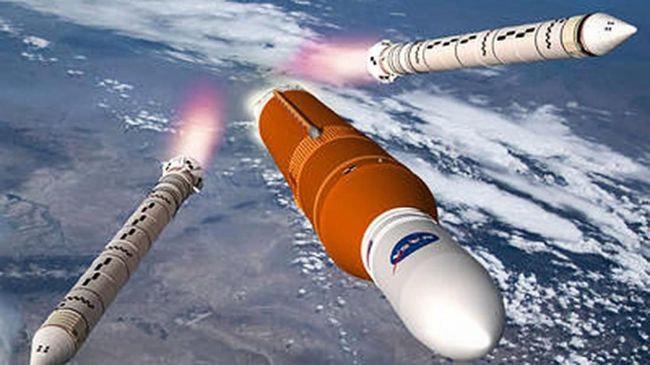Jakarta, CNN Indonesia —
United States Space Agency (NASA) targeting to send unmanned missions Artemis to the Moon on February 1, 2022. It will be the first step for the United States to restart a man-to-moon project since the Apollo missions in the 1960s-1970s.
NASA targets test flights to be carried out by the end of this year, and astronauts will return to walking on the moon in 2024. For information, after the last time the Apollo 17 mission was in 1972.
And, that Artemis mission had already begun by starting the preparation of the Orion crew capsule above system megarocket space launch at NASA’s Kennedy Space Center, Florida, United States. After a series of tests, there will be tests on the launch pad in January, then the first mission in February 2022.
“The February launch period opens on the 12th and our last opportunity in February will be the 27th,” said Artemis 1 Mission Manager Mike Sarafin as quoted from AFP, Saturday (23/10).
The next launch window is March and April. The period of the potential launch will depend on the mechanics of the orbit and the relative position of the Earth with the Moon. The duration of the mission is estimated to last four to six weeks.
Artemis 1 will have several missions: To test Orion’s abilities on his return from the moon, as well as to study radiation analysis. And, of course, taking selfies in the capsule with the Moon in the background.
After the Artemis 1 mission, then Artemis 2 is scheduled for 2023 and Artemis 3 the following year where the target is to make humans walk again on the moon after 1972. NASA says the moonwalker will also consist of women and people of color on the spacewalk.
NASA will use the Artemis mission as learning material for crewed missions on a space journey to Mars targeted at the 2030s decade.
Sarafin said the Orion capsule first entered orbit in 2014 when a Delta IV rocket launched two Earth rotations and tested its heat shield on re-entry into the atmosphere.
But this time, Sarafin said, the capsule will travel faster and the temperature will be higher when it returns from the moon.
(AFP / kid)
– .


